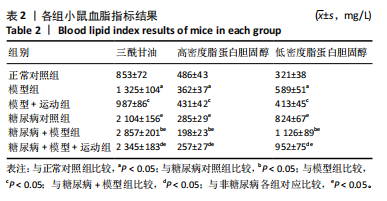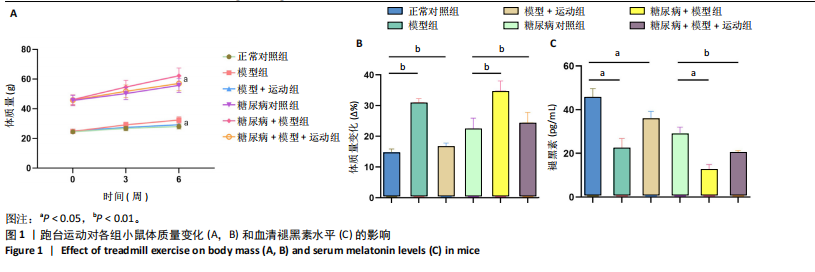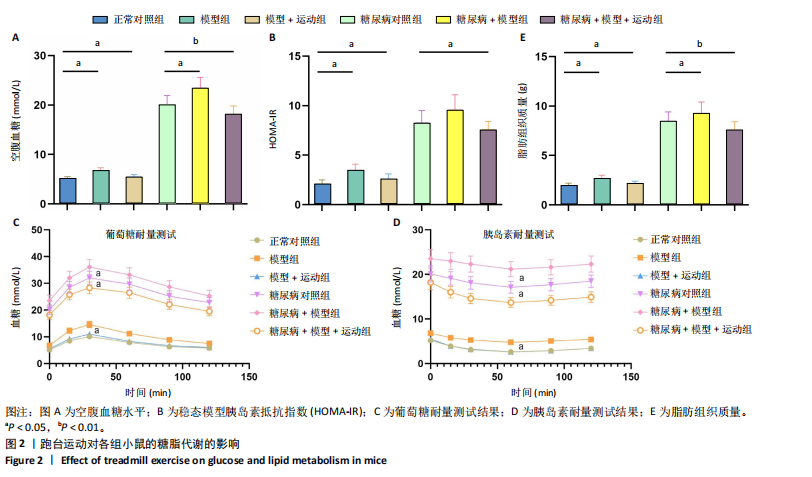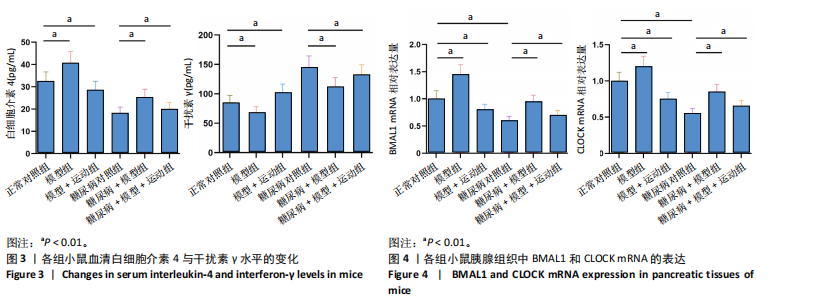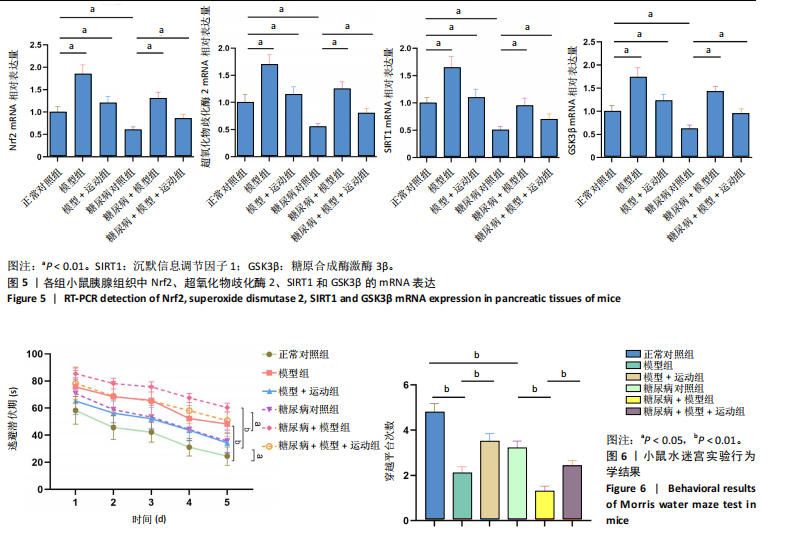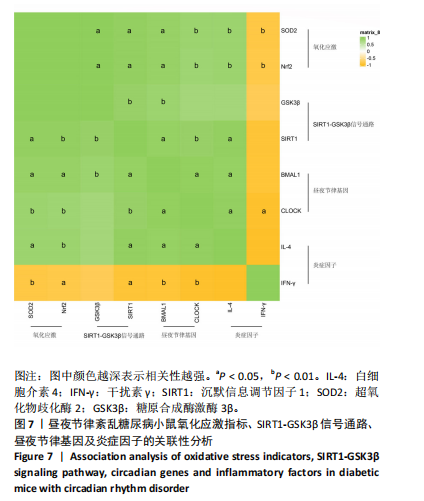[1] LEE Y, WISOR JP. Multi-Modal Regulation of Circadian Physiology by Interactive Features of Biological Clocks. Biology (Basel). 2021;11(1):21.
[2] TÄHKÄMÖ L, PARTONEN T, PESONEN AK. Systematic review of light exposure impact on human circadian rhythm. Chronobiol Int. 2019; 36(2):151-170.
[3] LA SALA L, PONTIROLI AE.Prevention of diabetes and cardiovascular disease in obesity. Int J Mol Sci. 2020;21(21):8178.
[4] SINTUREL F, SPALENIAK W, DIBNER C. Circadian rhythm of lipid metabolism. Biochem Soc Trans. 2022;50(3):1191-1204.
[5] NAKAZAWA S, FUKAI K, FURUYA Y, et al. Occupations associated with diabetes complications: a nationwide-multicenter hospital-based case-control study. Diabetes Res Clin Pract. 2022;186:109809.
[6] WANG Q, WU S, LUO Z, et al. Effects of light therapy on sleep and circadian rhythm in older type 2 diabetics living in long-term care facilities: a randomized controlled trial. Front Endocrinol (Lausanne). 2024;15:1307537.
[7] GABRIEL BM, ZIERATH JR. Circadian rhythms and exercise—re-setting the clock in metabolic disease. Nat Rev Endocrinol. 2019;15(4):197-206.
[8] ZEČEVIĆ K, POPOVIĆ N, VUKSANOVIĆ BOŽARIĆ A, et al. Timing Is Important-Management of Metabolic Syndrome According to the Circadian Rhythm. Biomedicines. 2023;11(4):1171.
[9] KORF HW, VON GALL C. Mouse models in circadian rhythm and melatonin research. J Pineal Res. 2024;76(5):e12986.
[10] FARACI FM, SCHEER FA. Hypertension: causes and consequences of circadian rhythms in blood pressure. Circ Res. 2024;134(6):810-832.
[11] SHEN B, MA C, WU G, et al. Effects of exercise on circadian rhythms in humans. Front Pharmacol. 2023;14:1282357.
[12] BELLET M, OROZCO-SOLIS R, SAHAR S, et al. The time of metabolism: NAD+, SIRT1, and the circadian clock. Cold Spring Harb Symp Quant Biol. 2011:76:31-38.
[13] AVIRAM R, DANDAVATE V, MANELLA G, et al. Ultradian rhythms of AKT phosphorylation and gene expression emerge in the absence of the circadian clock components Per1 and Per2. PLoS Biol. 2021; 19(12):e3001492.
[14] WANG L, LI J, DI LJ. Glycogen synthesis and beyond, a comprehensive review of GSK3 as a key regulator of metabolic pathways and a therapeutic target for treating metabolic diseases. Med Res Rev. 2022;42(2):946-982.
[15] LI J, FENG Z, LU B, et al. Resveratrol alleviates high glucose-induced oxidative stress and apoptosis in rat cardiac microvascular endothelial cell through AMPK/Sirt1 activation. Biochem Biophys Rep. 2023;34:101444.
[16] SUN Y, ZENG X, LIU Y, et al. Dendrobium officinale polysaccharide attenuates cognitive impairment in circadian rhythm disruption mice model by modulating gut microbiota. Int J Biol Macromol. 2022;217: 677-688.
[17] 王昕, 王一帆, 尚慕鸿, 等. 地奥心血康激活IRS-1/PI3K/Akt信号通路改善非酒精性脂肪性肝炎小鼠胰岛素抵抗的实验研究[J]. 中国临床药理学与治疗学,2024,29(2):121-129.
[18] 曲建昌, 窦京涛, 王安平, 等. 谷氨酰转肽酶与中老年人群新发糖尿病风险相关性的研究 [J]. 中国糖尿病杂志,2025,33(1):23-27.
[19] WANG L, MA Q, FANG B, et al. Shift work is associated with an increased risk of type 2 diabetes and elevated RBP4 level: cross sectional analysis from the OHSPIW cohort study. BMC Public Health. 2023;23(1):1139.
[20] LOPEZ-PEDROSA JM, CAMPRUBI-ROBLES M, GUZMAN-ROLO G, et al. The vicious cycle of type 2 diabetes mellitus and skeletal muscle atrophy: clinical, biochemical, and nutritional bases. Nutrients. 2024; 16(1):172.
[21] ZHAO X, AN X, YANG C, et al. The crucial role and mechanism of insulin resistance in metabolic disease. Front Endocrinol (Lausanne). 2023;14:1149239.
[22] ZHANG C, CHANG X, ZHAO D, et al. Decoding interaction between mitochondria and endoplasmic reticulum in ischemic myocardial injury: targeting natural medicines. Front Pharmacol. 2025;16:1536773.
[23] SEGERS A, DEPOORTERE I. Circadian clocks in the digestive system. Nat Rev Gastroenterol Hepatol. 2021;18(4):239-251.
[24] PENG X, FAN R, XIE L, et al. A growing link between circadian rhythms, type 2 diabetes mellitus and Alzheimer’s disease. Int J Mol Sci. 2022; 23(1):504.
[25] 丁蕊, 赵小艳, 李欣, 等. 昼夜节律下限时进食与2型糖尿病相关性的研究进展[J].中国糖尿病杂志,2024,32(8):634-637.
[26] CHENG FL, AN YF, XUE JM, et al. Circadian rhythm disruption exacerbates Th2‐like immune response in murine allergic airway inflammation. Int Forum Allergy Rhinol. 2022;12(5):757-770.
[27] CHOI J, CROTTY S, CHOI YS. Cytokines in follicular helper T cell biology in physiologic and pathologic conditions. Immune Netw. 2024;24(1):e8.
[28] AHMADZADEH F, ESMAILI M, ENDERAMI SE, et al. Epigallocatechin-3-gallate maintains Th1/Th2 response balance and mitigates type-1 autoimmune diabetes induced by streptozotocin through promoting the effect of bone-marrow-derived mesenchymal stem cells. Gene. 2024;894:148003.
[29] WEI X, WANG Q, WEN W, et al. Stem Cell‐Derived Exosomes as Nanotherapeutics for Inflammatory Diseases. MedComm–Future Medicine. 2025;4(1):e70016.
[30] ZHOU YH, YU LT, WANG XN, et al. Reg2 treatment is protective but the induced Reg2 autoantibody is destructive to the islets in NOD mice.Biochem Pharmacol. 2024;227:116444.
[31] LI Z, SHI X, LIU J, et al. Artesunate prevents type 1 diabetes in NOD mice mainly by inducing protective IL‐4-producing T cells and regulatory T cells. FASEB J. 2019;33(7):8241-8248.
[32] YU R, TIAN L, DING Y, et al. Correlation between inflammatory markers and impaired circadian clock gene expression in type 2 diabetes mellitus. Diabetes Res Clin Pract. 2019;156:107831.
[33] DUAN Z, YANG Y, QIN M, et al. Interleukin 15: A new intermediary in the effects of exercise and training on skeletal muscle and bone function.J Cell Mol Med. 2024;28(22):e70136.
[34] HE F, RU X, WEN T. NRF2, a transcription factor for stress response and beyond. Int J Mol Sci. 2020;21(13):4777.
[35] PUNZIANO C, TROMBETTI S, CESARO E, et al. Antioxidant systems as modulators of ferroptosis: focus on transcription factors. Antioxidants (Basel). 2024;13(3):298.
[36] CHHUNCHHA B, KUBO E, SINGH DP. Clock protein Bmal1 and Nrf2 cooperatively control aging or oxidative response and redox homeostasis by regulating rhythmic expression of Prdx6. Cells. 2020; 9(8):1861.
[37] CHIDAMBARAM SB, ANAND N, VARMA SR, et al. Superoxide dismutase and neurological disorders. IBRO Neurosci Rep. 2024;16:373-394.
[38] RASHEED Z. Superoxide dismutase: Challenges, opportunities, and promises for clinical translation. Int J Health Sci (Qassim). 2024;18(3):1-3.
[39] DING D, LI N, GE Y, et al. Current status of superoxide dismutase 2 on oral disease progression by supervision of ROS. Biomed Pharmacother. 2024;175:116605.
[40] VRZGULA M, MIHALIK J, TESLIK J, et al. Differential expression of various isoforms of superoxide dismutase in the cells of the human exocrine pancreas. Bratisl Lek Listy. 2024;125(9):539-543.
[41] JEROTIĆ ĐD. Association of NRF2, SOD2 and GPX1 gene polymorphisms with markers of oxidative stress and prognosis in patients with end stage renal disease. University of Belgrade (Serbia). 2021.
[42] BELLET MM, OROZCO-SOLIS R, SAHAR S, et al. The time of metabolism: NAD+, SIRT1, and the circadian clock. Cold Spring Harb Symp Quant Biol. 2011;76:31-38.
[43] LIU Y, SU Y, SUN S, et al. Tau phosphorylation and μ-calpain activation mediate the dexamethasone-induced inhibition on the insulin-stimulated Akt phosphorylation. PLoS One. 2012;7(4):e35783.
[44] SEQUEIRA RC, GODAD A. Understanding glycogen synthase kinase-3: a novel avenue for Alzheimer’s disease. Mol Neurobiol. 2024;61(7): 4203-4221.
[45] AVILA J, LEÓN-ESPINOSA G, GARCÍA E, et al. Tau phosphorylation by GSK3 in different conditions. Int J Alzheimers Dis. 2012;2012:578373.
[46] SAYAS CL, ÁVILA J. GSK-3 and tau: A key duet in Alzheimer’s disease. Cells. 2021;10(4):721.
[47] REZAEI MH, MADADIZADEH E, AMINAEI M, et al. Leptin signaling could mediate hippocampal decumulation of beta-amyloid and tau induced by high-intensity interval training in rats with type 2 diabetes. Cell Mol Neurobiol. 2023;43(7):3465-3478.
[48] ZHAO J, WEI M, GUO M, et al. GSK3: A potential target and pending issues for treatment of Alzheimer’s disease. CNS Neurosci Ther. 2024; 30(7):e14818.
[49] VANDERSMISSEN J, DEWACHTER I, CUYPERS K, et al. The impact of exercise training on the brain and cognition in T2DM, and its physiological mediators: a systematic review. Sports Med Open. 2025; 11(1):42.
[50] LIMANTORO J, DE LIYIS BG, SUTEDJA JC. Akt signaling pathway: A potential therapy for Alzheimer’s disease through glycogen synthase kinase 3 beta inhibition. The Egyptian Journal of Neurology, Psychiatry and Neurosurgery. 2023;59(1):147.
[51] KUO LT, LU HY, CHEN YH. Traumatic brain injury-induced disruption of the circadian clock. J Mol Med (Berl). 2024;102(3):403-414.
|
